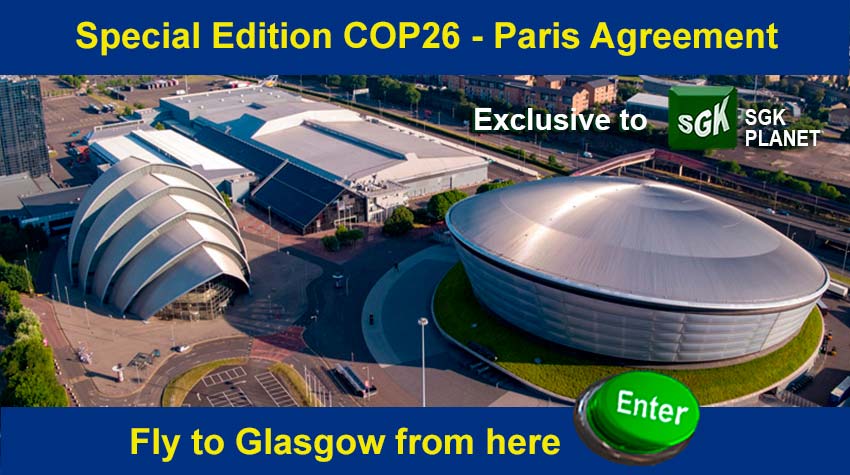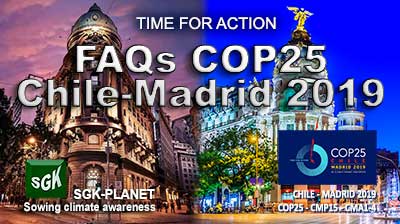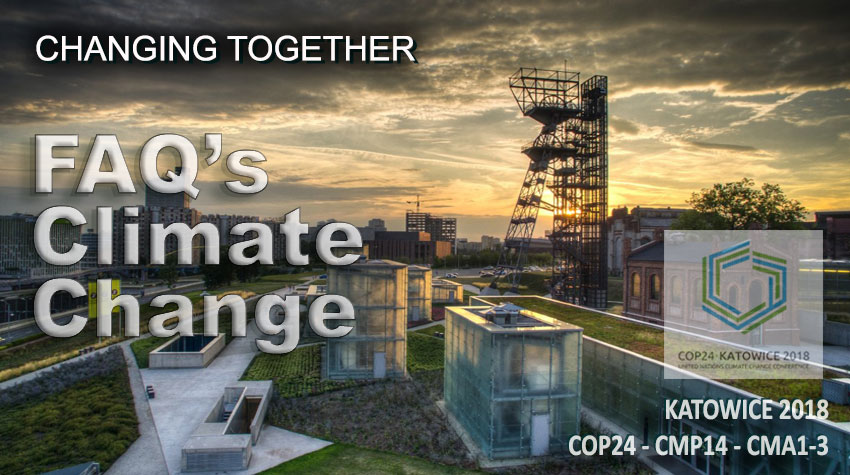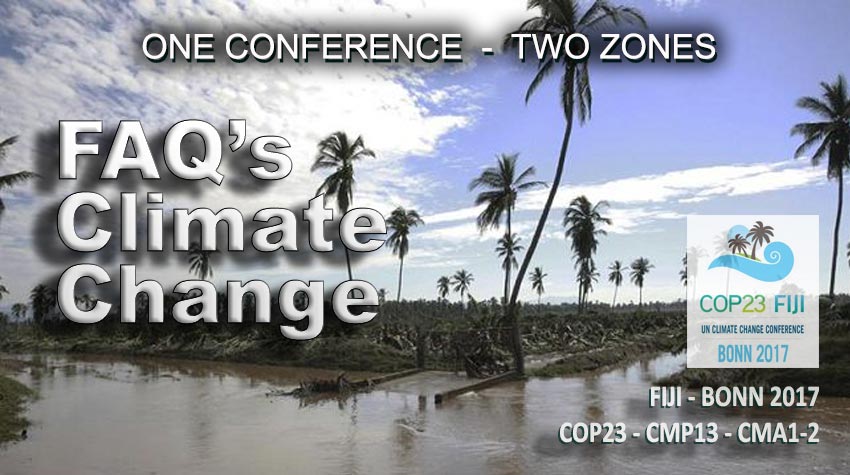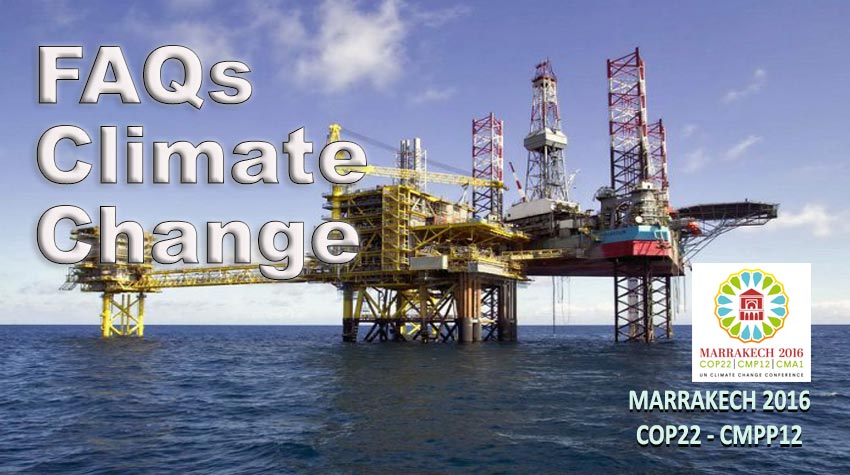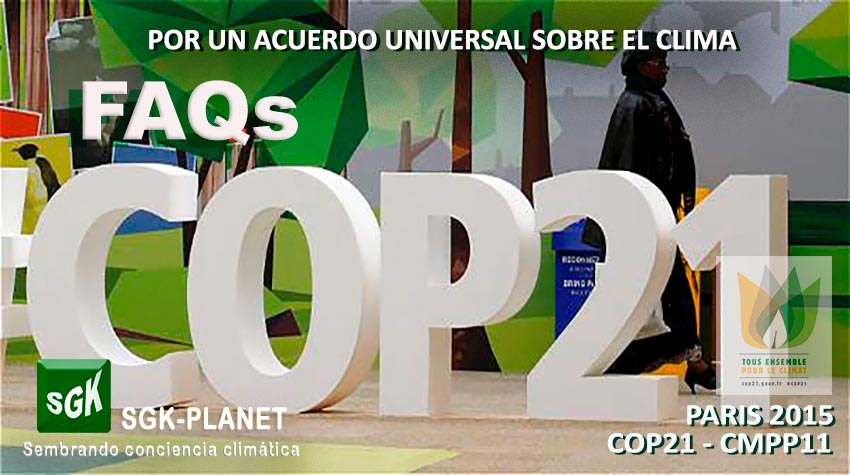
FAQs about Rio Summit 1992
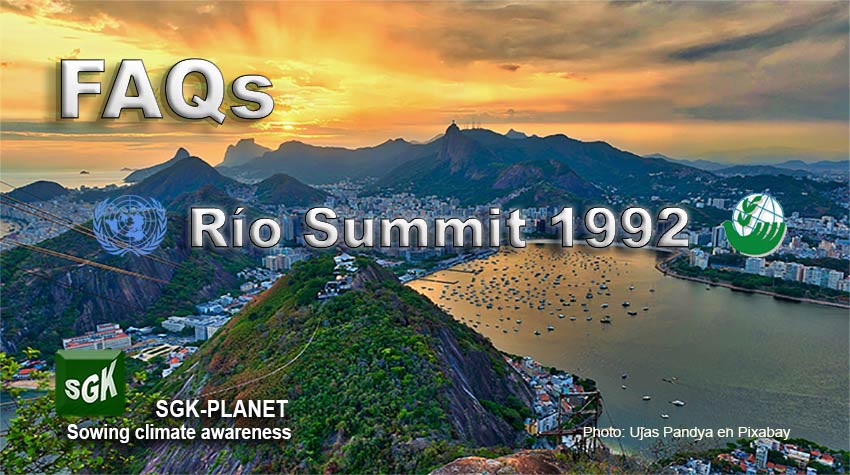
4. What is the relationship between the Rio Summit 1992 and the COP?
The United Nations Framework Convention on Climate Change (UNFCCC) was established at the Second Earth Summit, Rio 1992. It entered into force in March 1994, with the premise of strengthening public awareness worldwide on climate change issues. Among its objectives is the stabilization of the concentrations of Greenhouse Gases in the atmosphere to prevent risks in the climate system. In addition, it created the Conference of the Parties (COP), as the supreme organ of the Convention, with the association of most of the countries on the planet. Environmental experts, ministers, heads of state and non-governmental organizations participate in the annual meetings.
While it is true that many issues have been discussed in the COP in this quarter of a century, in addition to improving the vision on issues such as global warming, climate change, wind energy, solar energy, green cities and electric cars, It is also true that much has been left to do.
We have said several times that COPs have been a compendium of good purposes, ideas, promises, protocols and agreements, but that mostly have not worked. We have seen how a pattern is repeated in crucial meetings, in which important agreements have been reached for two weeks, shot down by three or four countries on the last night of the appointment. During the course of the COP the failure of the Kyoto Protocol occurred, a hopeful document that had created enormous expectations for humanity, uniquely binding.
Among the toughest criticisms we have seen about COPs is that of the “Climate Home News”, which published an article entitled: “After 25 years of failure, we should leave the UNFCCC“, by Chandra Bhushan. We mention some lines of that article:
“The UNFCCC was adopted with the objective of “stabilizing the concentrations of greenhouse gases in the atmosphere at a level that prevents dangerous anthropogenic interference in the climate system”. In the last 25 years, greenhouse gas (GHG) concentrations, far from stabilizing, have reached record levels. The atmospheric concentration of CO2, the main GHG, increased from 358 parts per million (ppm) in 1994 to 412 ppm in 2018. The last presence of 400 ppm of CO2 on Earth was approximately 3 million years ago … The UNFCCC has passed from a Kyoto Protocol, legally binding from the top down, to a Paris Agreement, voluntary and “self-determined” from the bottom up. Today, there is a question mark about the survival of the weak Paris Agreement … According to the Paris Agreement and its regulations, all countries are now on their own to mitigate, adapt and pay the costs of climate impacts. The UNFCCC is now simply a platform to collect, synthesize and disseminate information. It does not have the tools to drive global collective action to combat climate change.”
FAQs about Rio Summit 1992
1. Why was the Rio Summit 1992 the Second Earth Summit?
2. Who participated in the Rio Summit 1992?
3. What was the importance of the Rio Summit 1992?
4. What is the relationship between the Rio Summit 1992 and the COP?
5. What is the “Declaration of principles relating to forests” Rio 1992?
6. What is the “Convention on Biological Diversity” Rio 1992?
7. What is the “Convention to Combat Desertification”?
8. What is Agenda 21 and how does it relate to sustainable development?
9. What are the criticisms about the Rio Summit 1992?
10. Is the Paris Agreement a consequence of the Rio Summit 1992?

